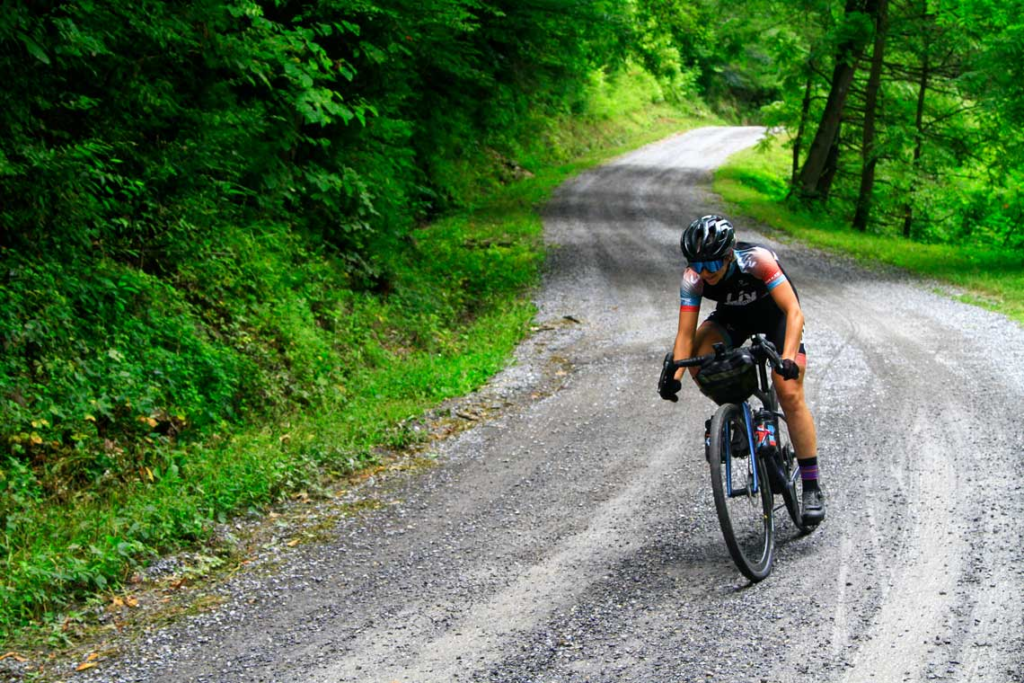Trail running can simply be defined as going for a run at the heart of nature. It is an all-round non-stadia sport that works not only the legs but also the upper body. It is also an activity that requires proper focus and attention. As per Steven Rindner, trail running involves more than just running. During the ascents, a runner shall alternate walking and running. They may use poles or push on their legs with their arms in the steeper sections. During descents, on the other hand, the runners have to watch their footholds, and land on the forefoot to cushion the impact. They may use their arms to balance. Basically, trail runners must embrace the slope and try their best to have fun with the terrain.
Steven Rindner gives a brief insight into trail running
Trail running is quite a dynamic form of exercise that challenges both the body and mind in ways that traditional road running does not. It requires a runner to constantly adjust their stride in order to adapt to the ever-changing terrain. This forces the runner to engage a wide range of muscle groups that are often underutilized in road running. As a result, trail runners benefit from a reduced risk of overuse injuries, while also improving their overall stability and balance.
In addition to providing several physical benefits, trail running also promotes a deeper mental and emotional connection with nature. While on a trail run, one often finds themselves tuning in more closely to their surroundings and paying attention to things they would have otherwise missed, like the rustling of leaves and the crunch of gravel underfoot. Being more attuned to nature can make the running experience more fulfilling.
Runners new to trail running might be tempted to stick to flat, gentle paths at first. While this cautious approach is understandable, it can cause them to miss out on the true fun of trail running. Tackling uneven landscapes is often considered to be one of the most rewarding aspects of trail running. The sense of accomplishment that comes from ascending a rugged hillside or navigating a tricky descent is part of the adventure. If this sounds intimidating to beginners, then they must know that even experienced trail runners are prone to reducing their pace to a walk or hike when facing steep sections. Trail running is as much about strategy and endurance as it is about speed.
In the opinion of Steven Rindner, trail running can also provide people with a sense of community. Over the last few years, a number of trail running focused clubs have come up across the United States. The shared experience of exploring remote trails fosters camaraderie and mutual support among participants. Whether they face challenging weather, navigate unfamiliar routes, or simply enjoy scenic views together, trail runners often form strong bonds. There are many local running stores that tend to frequently host group trail runs or can connect individuals with clubs in their area. Volunteering with trail maintenance can also be another meaningful way to engage with the trail running community while giving back to the natural spaces that make the sport possible.

